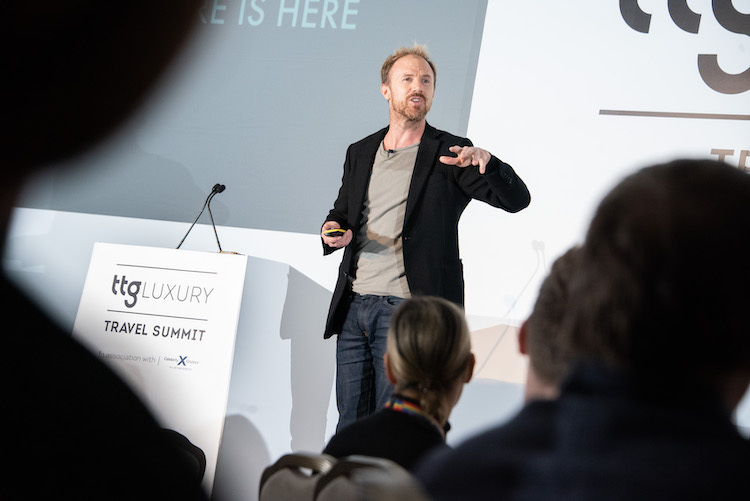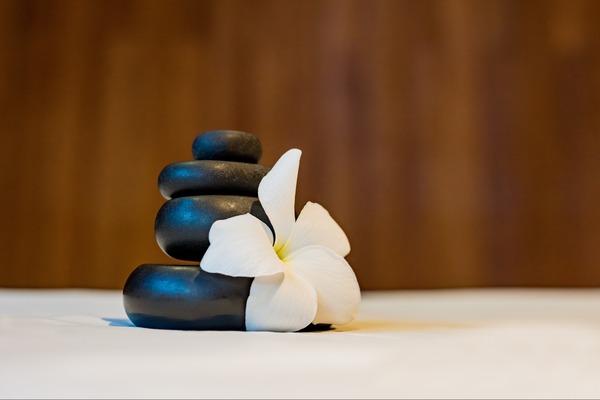TTG Luxury Travel Summit: 'Fulfil clients' holidays, don't just fill their time'
Designing experiences that include a ‘checklist’ of seven elements will ensure time-poor clients feel fulfilled by their travel.
Delegates at the TTG Luxury Travel Summit heard from James Wallman, author of Time & How To Spend It, that with better planning, people can avoid wasting their precious spare time on empty experiences, which merely “fill” their time instead of “fulfilling” it.
Wallman, who consulted evolutionary and behavioural psychologists while devising his theory, said luxury travel companies could deploy a checklist spelling “Stories” to create the most exciting and enriching experiences possible for their clients.
The most memorable and meaningful trips will: give clients a story to tell (S); facilitate personal transformation (T); get clients outside and offline (O); enable the strengthening of relationships (R); strike the right level of intensity (I); provide something extraordinary (E); and give the client a greater sense of status and significance (S).
“You’re probably designing holidays which include some of these things already, but the check-list can help you choose and design even better experiences every time,” he said.
Wallman highlighted that the concept of storytelling is unique to humans, and is what creates societies, as well as happiness.
“The magic of a story is that it triggers a domino-line to happiness. When you listen to a story, you make a picture of it, which is a manifestation of empathy with that person, which leads to connection, which leads to happiness,” he claimed.
It is therefore essential to create experiences that really challenge affluent clients.
“To get the best kind of story from your weekend or your vacation or your life, there needs to be a challenge to get over,” he insisted. “Spending a week in a luxury villa in Saint Tropez? What a boring story that makes.”















